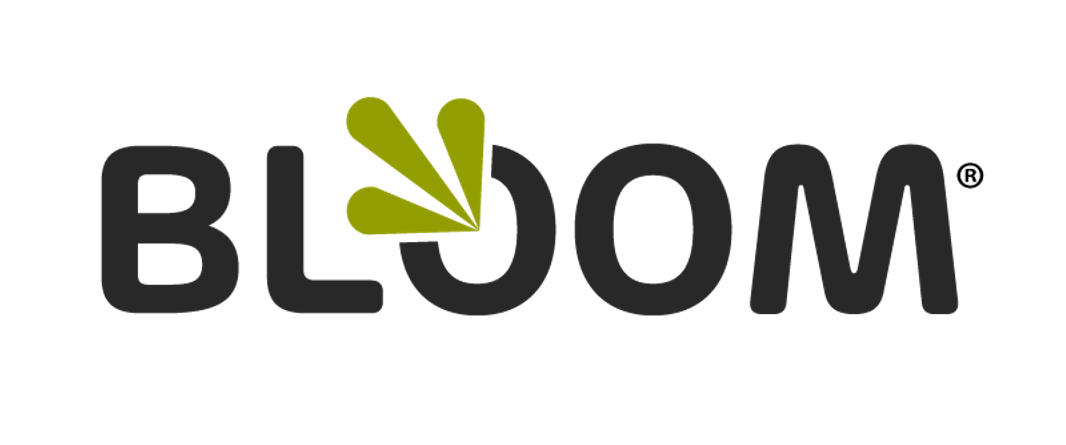Reasons for a Talent Management System
Organizations that have utilized performance management to successfully develop and retain (and thereby attract) top talent have created a manager/employee experience that includes:
Defining and communicating the expectations of the job and providing insight as to how employees will be measured against those expectations.
Clearly demonstrating how the employee’s efforts contribute to the objectives of the company.
Designating time for managers and employees to meet regularly to discuss career aspirations and personal development.
Providing tools for managers to collect and provide regular, ongoing feedback and performance coaching for employees.
Encouraging employees to actively participate in the performance management process by providing feedback of their own from peers or customers.
Encouraging managers to allow their employees to evaluate them at review time, to promote a two way dialog.
These organizations are not successfully developing and retaining talent because of a feature set or automated business process, but rather a cultural change that places attention and value on the employee experience.
Therefore, it is critical to avoid the misstep of overlooking the essential purpose of performance management, which is to enrich the employee-manager relationship, and not erroneously implementing a system that hinders, rather than encourages that connection. This means starting out with a performance management system that is straight forward and easy to use for managers and employees, addresses the basic assessment and development needs of the employee and then building upon that foundation as the organization matures in its performance management culture.
Therefore it is critical for HR leadership to communicate like a marketer, not an administrator, provide opportunities for ongoing dialog with users and remain open minded about what can work for the organization. Organizations that have been successful in winning over their organization suggest the following:
Sell the benefits of using the system in term of WIIFU – what’s in it for us. Avoid detailing the functionality for HR, managers, or employees alone. Employees want to be connected to the success of the organization. Let employees know how improving performance will drive the organization to deliver better products, improve customer service, or out-maneuver the competition.
Solicit and distribute internal success stories. Even the smallest victories can provide inspiration for other users who may be struggling with the new technology. Hearing tales of success from peers will allow others to see the real value of using the system and can dramatically improve user adoption.
Reward employees that make the most performance notes, complete reviews on time, etc., with prizes. Make the rewards visible and use these events to promote the value of the system.
Develop a “boot-camp” (half-day or full-day concentrated team training) to quickly get new users up to speed on the system. Hold at least one boot camp every quarter for new employees.
Provide regular “feature-focused” training to allow those in need to dive into areas of interest and get the most out of their experience. Monthly lunch-and-learn sessions, or round-table discussions have proven to be effective.
Create a forum (real or virtual) to elicit feedback from users. Monitor it carefully and respond religiously to every piece of feedback. Understand that if a manager or employee takes the time to offer feedback, even if it is negative, it shows they are engaged in owning the process and making it work.
Ask managers to sign a commitment contract to engage in the development and success of their people by fulfilling specific tasks on a regular basis.
Communicate feature changes, upgrades, and system maintenance times well in advance and provide specifics relating to new feature training or down time.
Be willing to adjust the process. Don’t lose site of the ultimate goal: to get managers and employees focused on performance, not get data into a system. If the system or process is getting in the way, be willing to make changes.
